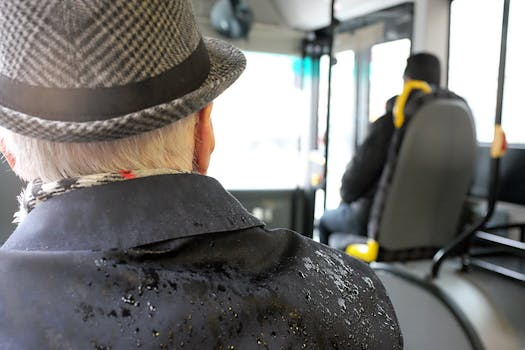Public Bus Design: Past, Present, and Future
The public bus has been a vital mode of transportation for decades, providing an affordable and efficient way to get from one place to another. However, the design of public buses has evolved over time to meet the changing needs and demands of society. From its humble beginnings to the present day, the design of public buses continues to improve and adapt for the future. In this article, we will explore the past, present, and future of public bus design to see how it has evolved and what we can expect in the years to come.
The Evolution of Public Bus Design
The first public buses were horse-drawn carriages running on fixed routes in the early 1820s in England. It wasn’t until the late 1800s that steam-powered buses were introduced, followed by the first motorized public bus in Germany in 1895. This marked the beginning of the modern era of public bus design, with the introduction of features like electric trolley buses and diesel engines in the early 20th century.
As public transportation became more widespread, it led to the standardization of bus design. Buses were built with an enclosed cabin and seating for passengers, and they were designed to be sturdy and durable for daily use. However, one of the main limitations of early buses was their lack of accessibility. They often had high steps and narrow doors, making it difficult for passengers with disabilities or mobility issues to use them.
The Present: Modern-Day Design
Today, public buses have come a long way from their early designs. With technological advancements, the design of public buses has evolved to become more accessible, eco-friendly, and comfortable for passengers. Modern buses now have low floors, wider doors, and wheelchair ramps, making them more accessible for everyone.
In addition to accessibility features, modern-day buses also incorporate many advanced systems designed for efficiency and safety. These include GPS tracking, traffic light priority systems, and sensors that alert drivers of potential hazards. Modern buses also have air conditioning, improved suspension systems, and onboard Wi-Fi, providing a more comfortable and enjoyable ride for passengers.
Another significant development in the present-day design of public buses is the use of alternative fuel sources. With an increased focus on environmental sustainability, many cities have started to implement electric and hybrid buses, reducing their carbon footprint. This shift towards greener buses is expected to continue in the future.
The Future: Innovative Designs
The future of public bus design is centered around innovations that aim to improve the overall passenger experience. One of the most exciting developments is the concept of autonomous buses, which can operate without a driver. With the use of sensors, cameras, and artificial intelligence, these buses can navigate roads and detect obstacles, making transportation safer and more efficient.
Another trend in the future of public bus design is the incorporation of smart technology. This includes features like automated ticketing, real-time passenger information systems, and mobile apps for trip planning and payment. These advancements aim to make public bus travel more convenient and accessible for all passengers.
In addition to technology, there is also a growing focus on incorporating sustainable and eco-friendly designs. This includes the use of solar panels on buses, regenerative braking systems, and biofuel engines, reducing emissions and creating a more sustainable transportation option.
Conclusion
The design of public buses has undoubtedly come a long way since its inception. From a basic mode of transportation to a modern and efficient service, public buses have continuously evolved to meet the changing needs of society. With advancements in technology and a focus on sustainability, the future of public bus design is full of exciting possibilities, and we can only expect to see more innovative and improved designs in the years to come.










